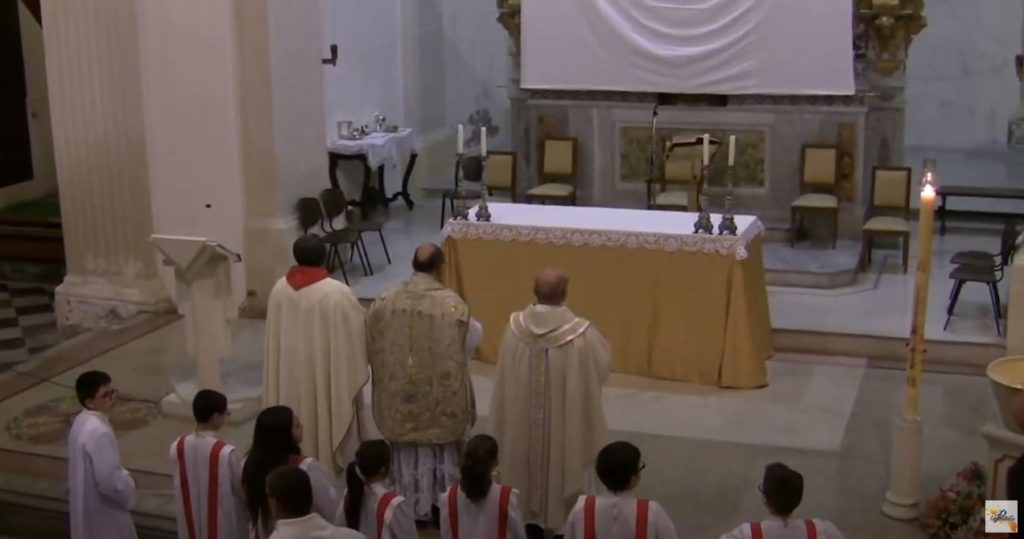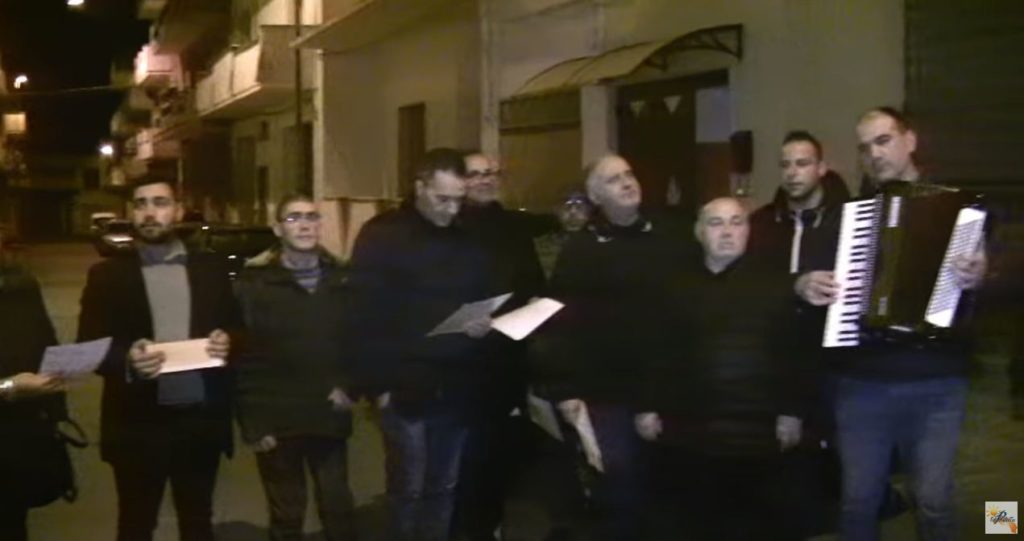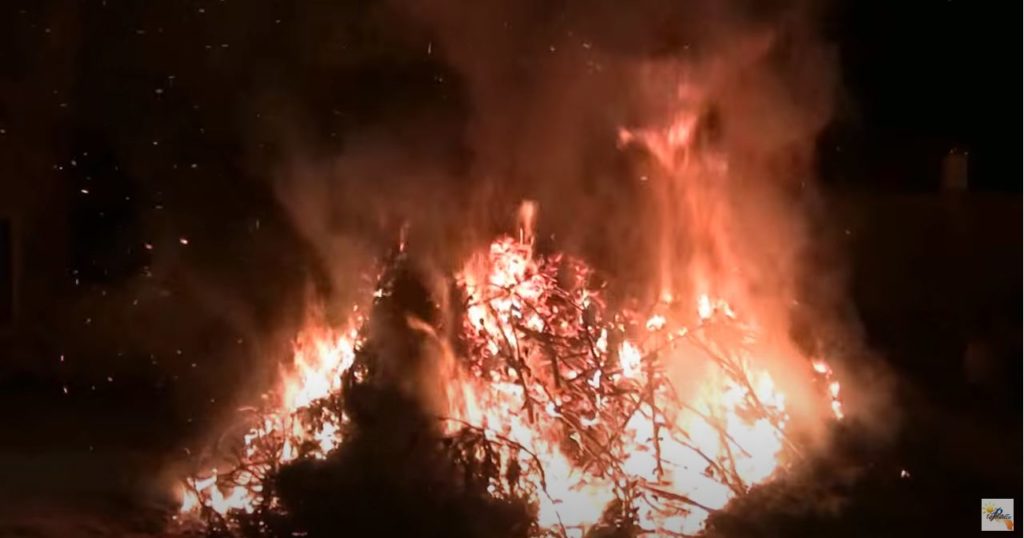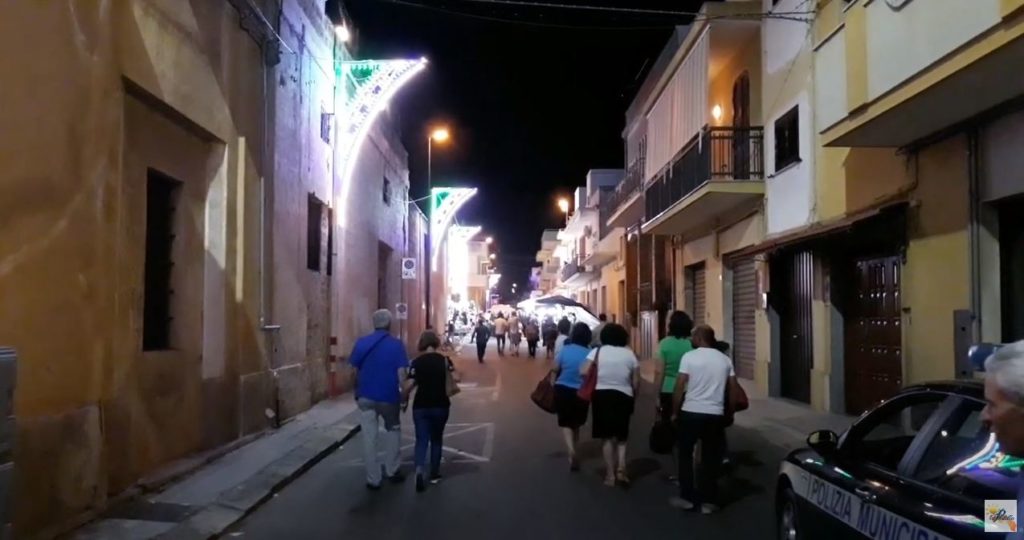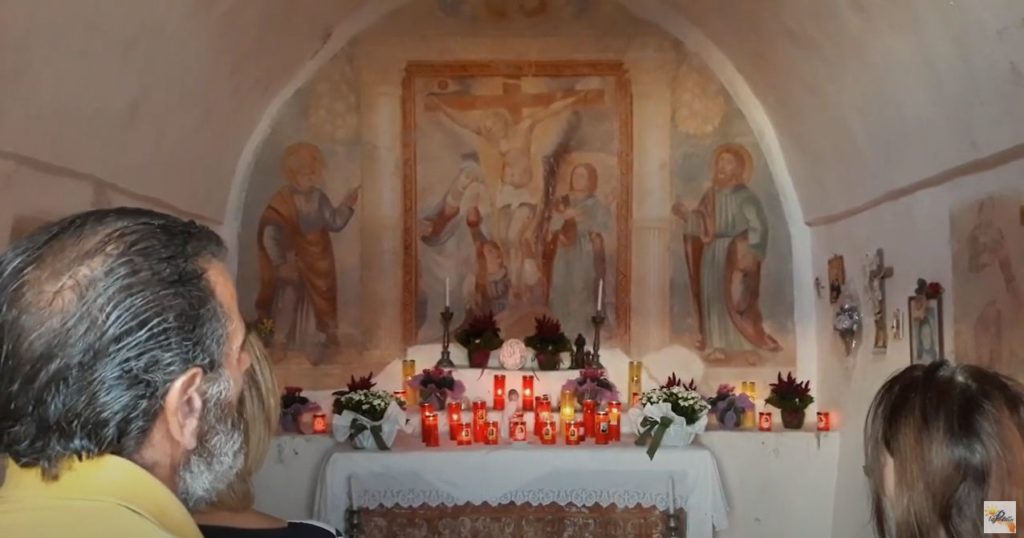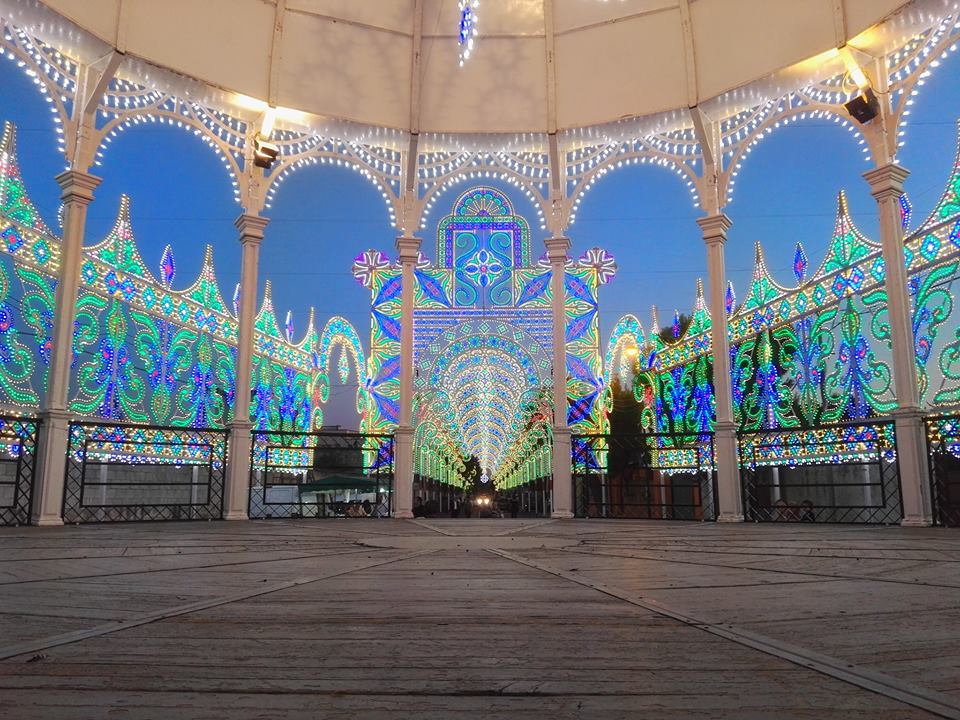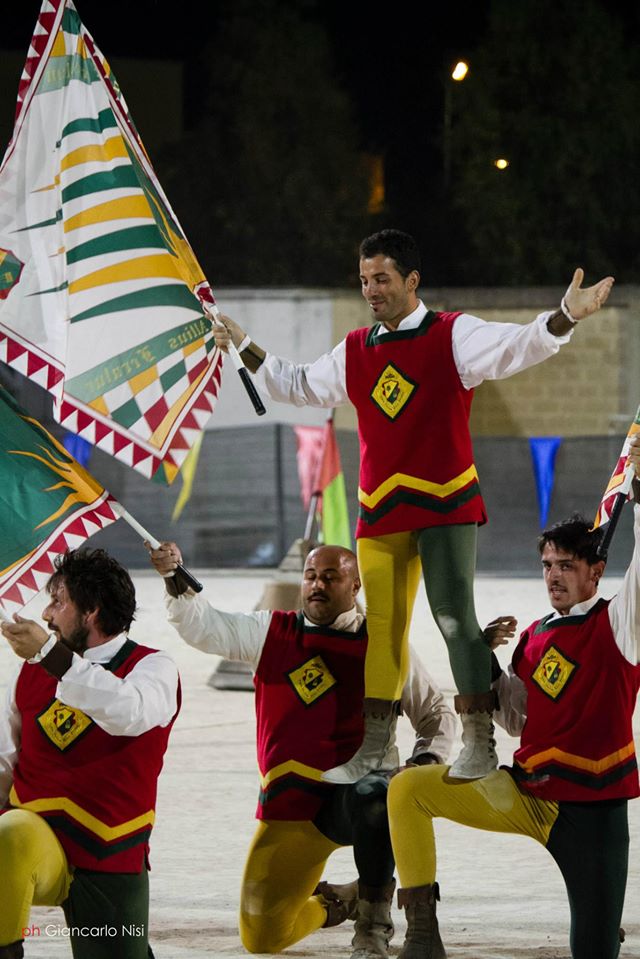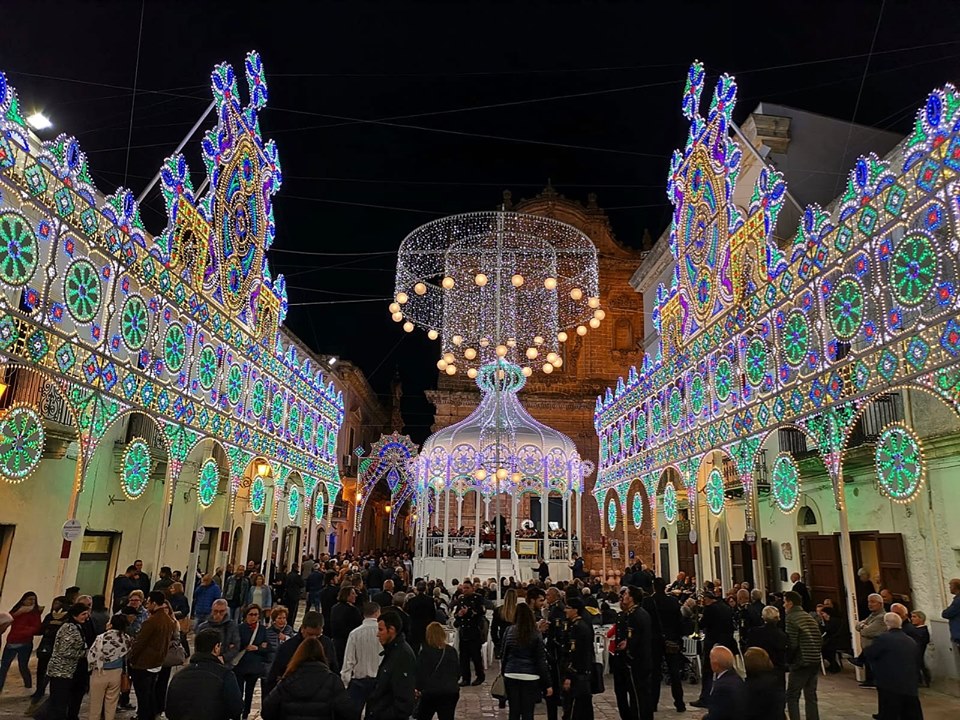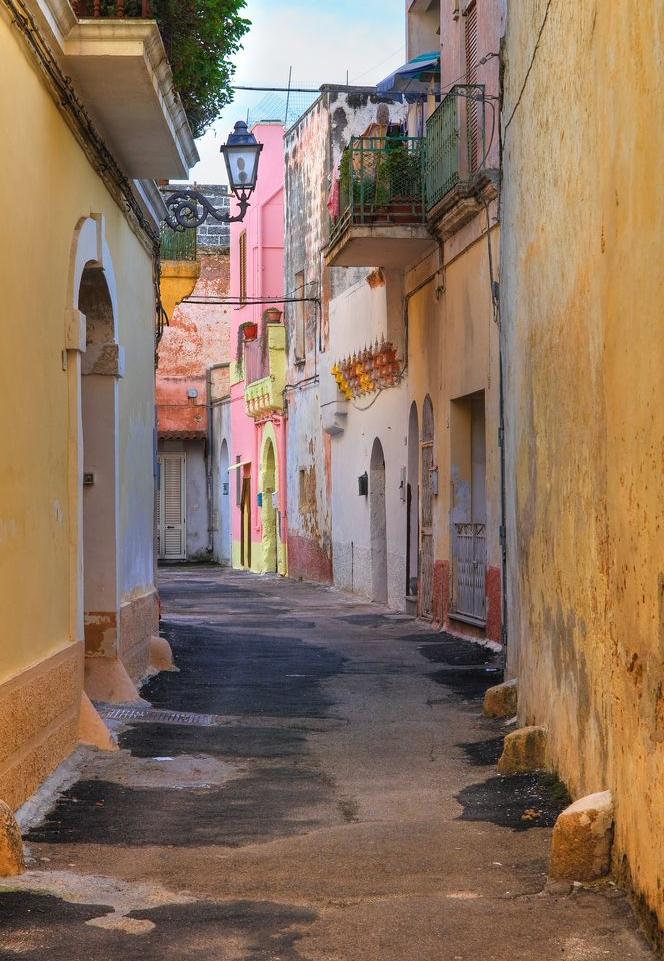Episcopal Palace
It was on February 26th of 1180 when Pope Alexander III with a papal bull assigned the Casale of Cisternino to the bishop of Monopoli. Since then the secular domination of the bishops of Monopoli began, which also took the title of Barons of Cisternino. A sovereignty sanctioned in all respects by the Bishop’s Palace, built behind the Torre Grande, with which it was once also communicating.
The palace was built in 1560 by the Bishop of the period, F. O. Preconium. A sign strongly stamped on the stone as evidenced by the coat of arms, even if it is actually very deteriorated, placed on the keystone of the entrance arch. But the most obvious sign is the epigraphical inscription on the trabeation, which reports verbatim the following sentence: < TUTELE VASSALORUM ECLESSIE F. OCTAVIANUS DE PRECONE A MESSAMA OR. M. C. EPS. MONOPOL. UTILIS BARO CISTERNINI 1560 >.
The palace was enlarged by its successor, Bishop A. Porzio, in 1583. Also in this case a lapidary inscription, placed on the side window at the top and relative family crest, remind us of the event. The inscription says the following: < HAS AEDES CURAVIT ET R. VS. DNS ANTONIUS PORTIUS MONOPOLIS ANTISTES ET UTILIS DNS ET BARO CISTERNINI ANNO DNI 1583 >. Another sign of the past is on the side façade of the building, but in this case it is an unidentifiable coat of arms. In spite of the various tweaks the palace remained substantially incomplete, in fact the upper floor, corresponding at present to the terrace, was destined to host another room, in fact here are clearly distinguished the taxes of the hearth, of Entablature of the inner door surmounted by a coat of arms.
The façade of the building is framed in an architecturally exquisitely Renaissance architectural frame. Laterally the two rounded semi columns on a high plinth support the trabeation and the pediment. The only decorative elements are the two side rosettes. In fact, there are two other elements that intrigue, barely visible; On the left column you can see the engraving of a knight, while on the right column you perceive a pattern, just furrowed, of a horse.

